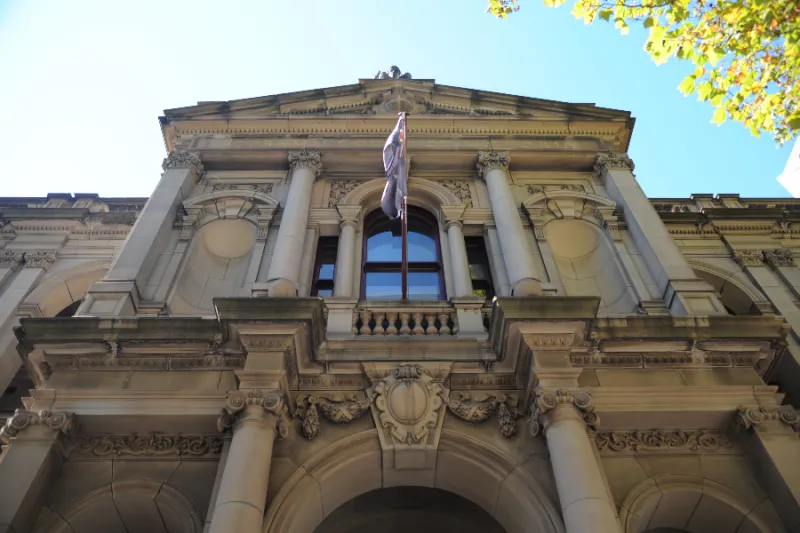
Melbourne, Australia, Jan 21, 2022 / 07:00 am (CNA).
In a ruling believed to be the first of its kind in Australia, a judge has found a Catholic diocese vicariously liable for clerical abuse.
A judgment issued on Dec. 22 by Justice John Forrest in the Supreme Court of Victoria in Melbourne held that the Diocese of Ballarat was vicariously liable for the conduct of Father Bryan Coffey.
The Legal Information Institute defines vicarious liability as the liability that a supervisory party bears for the actionable conduct of a subordinate or associate, based on the relationship between the two parties.
Coffey, who was convicted of child abuse in 1999 and given a three-year suspended sentence, died in 2013.
Justice Forrest awarded a man identified only as “DP” damages of AU$ 230,000 (around $165,000).
DP said that he was sexually abused by Coffey at his parents’ home in Port Fairy, southwestern Victoria, in 1971, when he was five years old.
“Coffey assaulted DP as he alleges; The diocese is vicariously liable for the assaults perpetrated by Coffey,” Justice Forrest declared in his judgment.
The survivor’s solicitors, Ken Cush & Associates in Canberra, said that the ruling was a landmark decision.
“It marks for the first time in Australia a decision that exercises attribution of liability to a bishop for the acts of his predatory priest or assistant priest,” lawyer Sangeeta Sharmin said.
The judgment noted that the diocese had argued that “unless it is demonstrated that a priest is an employee of the diocese then it cannot be vicariously liable.”
But the judge concluded that factors including “the close nature of the relationship between the bishop, the diocese and the Catholic community” in Port Fairy and “the diocese’s general control over Coffey’s role and duties within St Patrick’s Parish” made the diocese vicariously liable for the priest’s conduct.
The judge also defined the relationship between DP, his family, Coffey, and the diocese as one of “intimacy and imported trust in the authority of Christ’s representative, personified by Coffey.”
The concept of vicarious liability has been invoked in legal action against Catholic dioceses around the world, including in the case of disgraced former cardinal Theodore McCarrick.
It was also mentioned in a dissenting opinion related to the European Court of Human Rights ruling in October 2021 that the Vatican cannot be sued in local courts for the actions of clerical abusers because it has sovereign immunity.
If you value the news and views Catholic World Report provides, please consider donating to support our efforts. Your contribution will help us continue to make CWR available to all readers worldwide for free, without a subscription. Thank you for your generosity!
Click here for more information on donating to CWR. Click here to sign up for our newsletter.




Leave a Reply